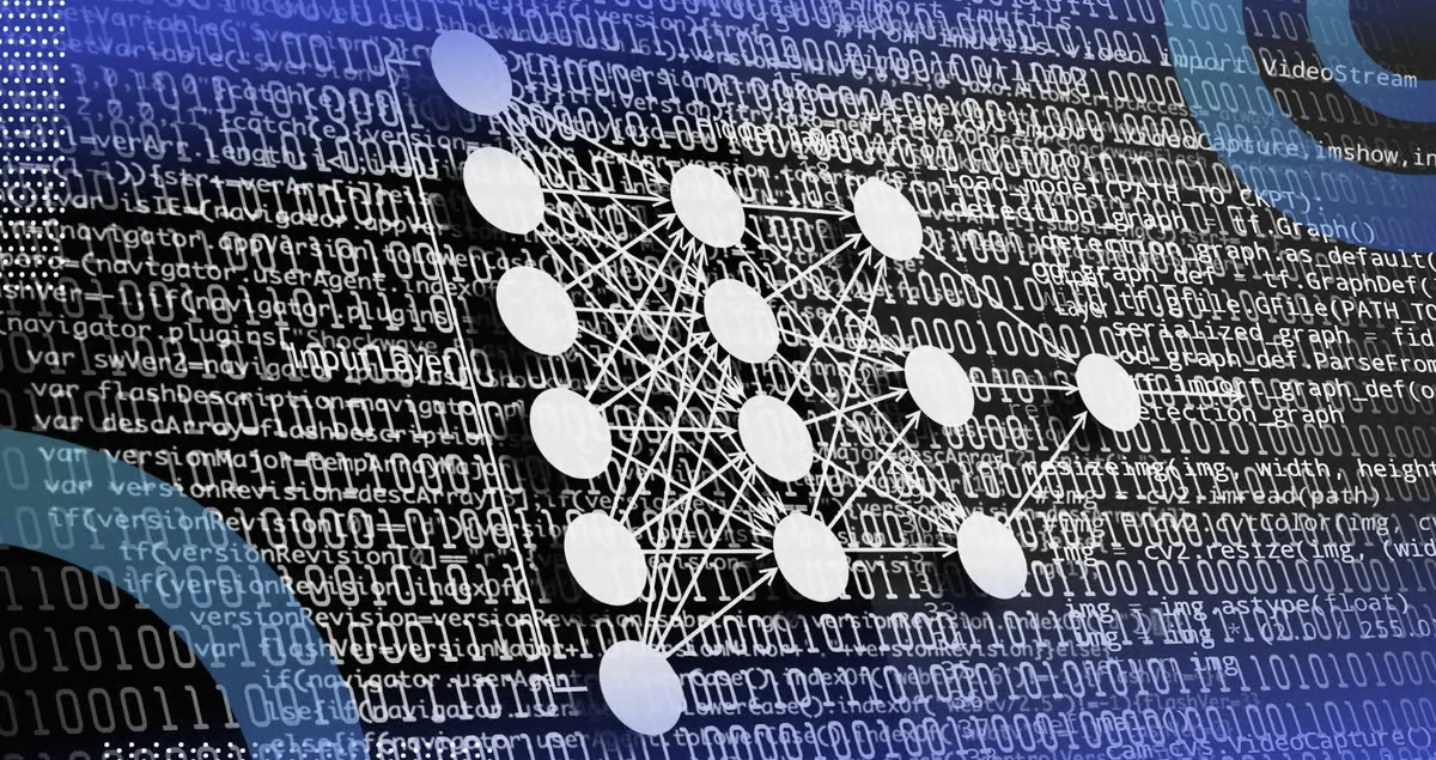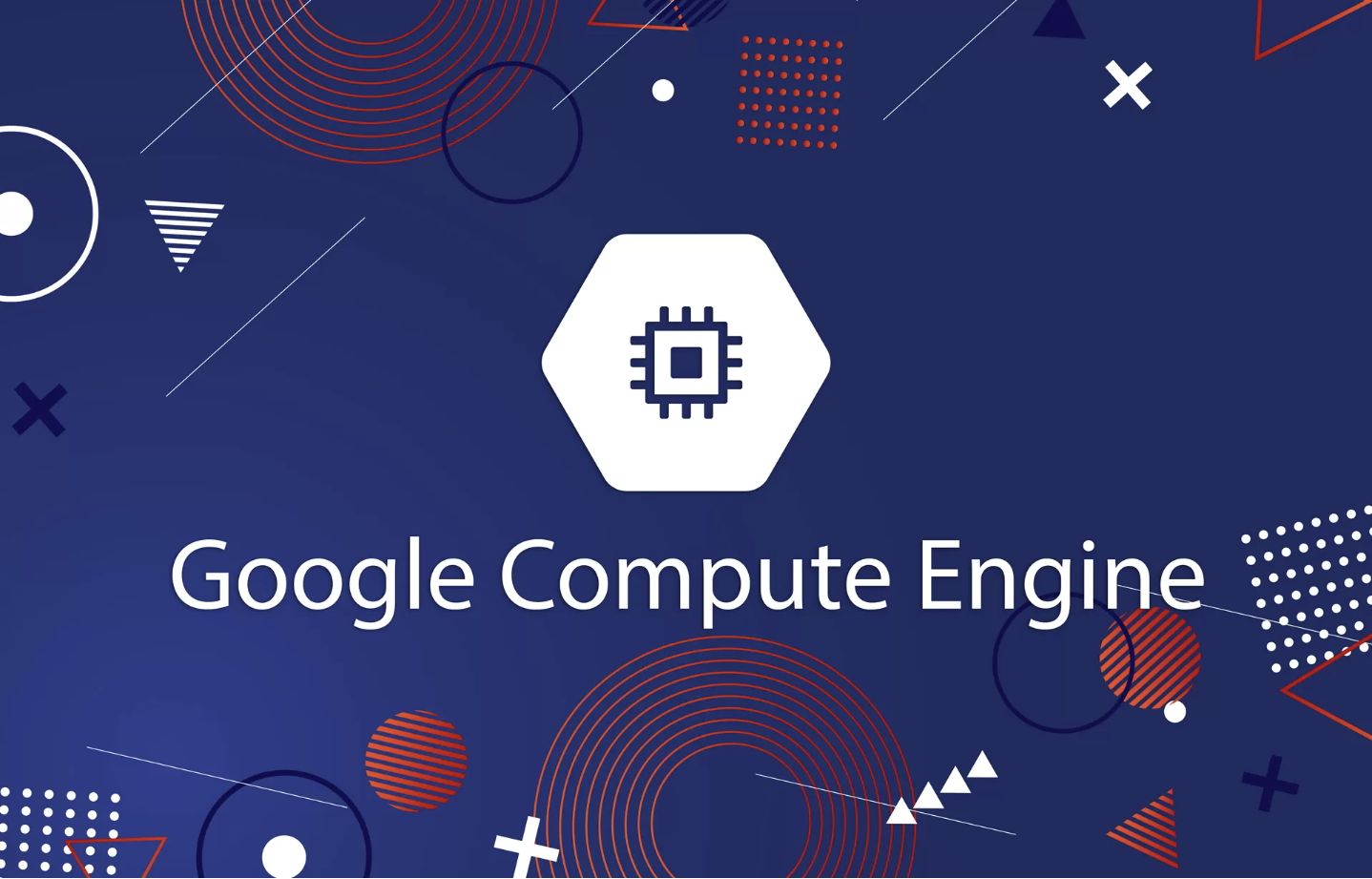
What is Natural Language Processing?
Natural Language Processing (NLP) is a branch of artificial intelligence that helps computers understand, interpret, and manage human language. It draws from multiple fields, including computer science and computational linguistics, aiming to bridge the gap between human communication and machine understanding. Most NLP techniques rely on machine learning methods to extract meaning from human language.
What is NLP Used For?
NLP powers many everyday applications that we use regularly, including:
- Language translation apps like Google Translate.
- Word processors such as MS Word and grammar check tools like Ginger.
- Interactive voice response (IVR) systems used by call centers for handling customer inquiries.
- Personal assistant software like Siri and Alexa.
Why is NLP Important?
- Handling Large Amounts of Textual Data: NLP enables computers to process content, understand speech, analyze sentiment, and extract key information from text, all in human language. Modern devices can manage much more language-based data than humans without getting tired, making them invaluable in processing vast amounts of unstructured data, such as medical records or social media posts.
- Structuring Unorganized Data: Human language is extremely complex and diverse. We express ourselves in countless ways, whether we’re speaking or writing. From different dialects and regional accents to spelling mistakes or using slang, human communication is full of nuances. NLP helps computers navigate these challenges by identifying patterns, even in the most chaotic data. It’s essential for resolving ambiguities and translating them into understandable formats for further tasks, like speech recognition or content analysis.
Why is NLP Complex?
NLP is considered a challenging area in computer science, largely because of the unpredictable nature of human language. Unlike formal languages, human speech and writing follow a broad range of rules, many of which are context-dependent. For example, sarcasm can convey a message that’s different from the literal meaning of words, or a simple pluralization rule like adding “s” to a noun can have multiple variations. To make sense of human language, a machine must understand the relationships between words and their context, which can be tricky due to ambiguity. While humans easily learn languages, these complexities make it difficult for machines to achieve the same level of understanding.
How Does NLP Work?
NLP works by applying algorithms that extract the underlying rules of language to convert unstructured data into a structured form that computers can comprehend. When a computer is given a sentence, the algorithm processes it to pull out the meanings of individual words and gather key data from them. However, the system might not always get the meaning right, leading to potential inaccuracies.
Techniques Used in NLP
NLP tasks are mainly accomplished through two types of analysis: syntactic and semantic.
- Syntax:
Syntax refers to the arrangement of words in a sentence that gives it grammatical meaning. In NLP, syntax analysis helps evaluate how language follows grammatical rules. Techniques used in syntax analysis include:- Lemmatization: Reducing words to their base form.
- Word Segmentation: Dividing text into smaller units like words or phrases.
- Morphological Segmentation: Analyzing the structure of words.
- Speech Tagging: Identifying parts of speech in a sentence.
- Parsing: Breaking down a sentence into its components.
- Sentence Breaking: Dividing text into logical sentence structures.
- Stemming: Reducing words to their root forms.
- Semantics:
Semantics deals with the meaning conveyed by text. While it’s a critical part of NLP, it remains a complex and evolving field. Semantic analysis involves using algorithms to understand the meaning of words and how sentences are structured to convey that meaning. Techniques for semantic analysis include:- Named Entity Recognition (NER): Identifying names of people, places, or organizations.
- Word Sense Disambiguation: Determining the correct meaning of a word based on its context.
- Natural Language Generation (NLG): Generating human-like text based on input data.
These techniques help computers better understand human language, making NLP an essential tool for modern technology.













